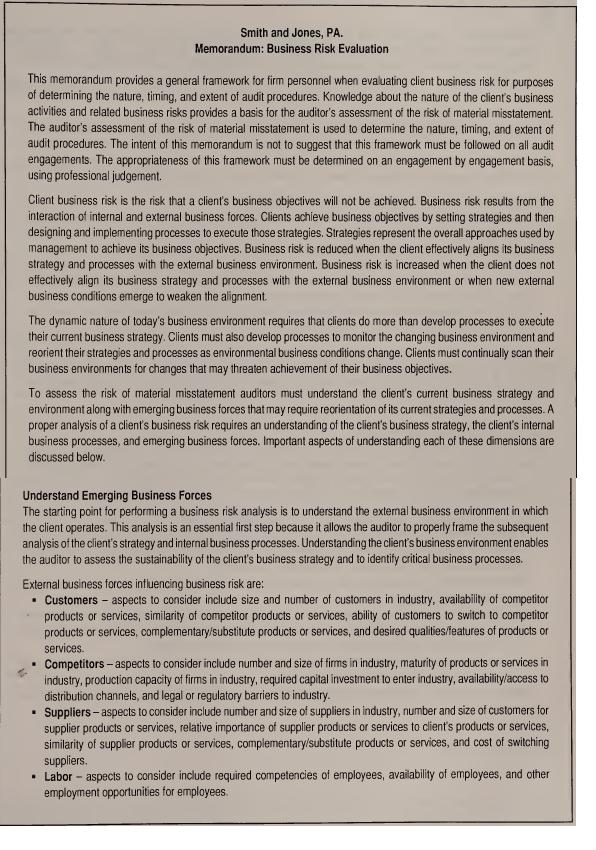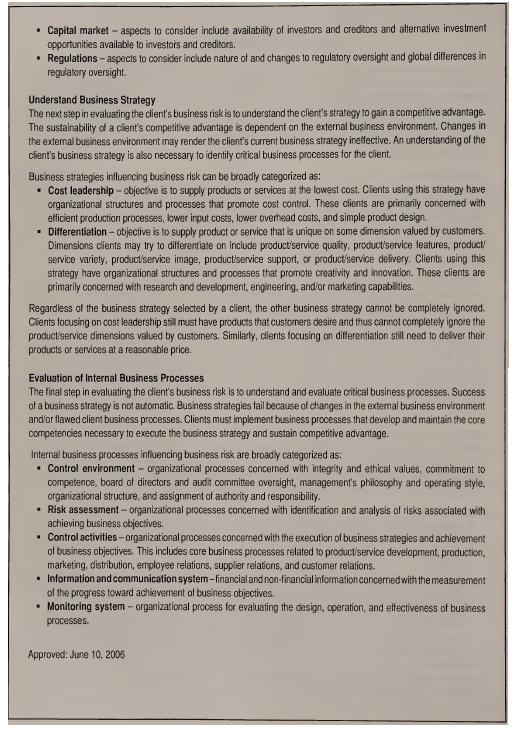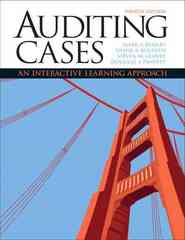Dell Computer Corporation (Dell) is a worldwide provider of products and services that enable customers to build
Question:
Dell Computer Corporation (Dell) is a worldwide provider of products and services that enable customers to build information-technology and internet infrastructures. Dell offers a broad range of product categories, including desktop PCs, servers and networking products, storage, mobility products, software and peripherals, and service.1 The company conducts operations worldwide and is managed in three geographic segments: the Americas based in Round Rock, Texas; Europe based in Bracknell, England; and Asia Pacific-Japan based in Singapore. Dell has manufacturing facilities in and around Austin, Texas; Winston-Salem, North Carolina; Lebanon and Nashville, Tennessee; Reno, Nevada; West Chester, Ohio; Miami, Florida; Limerick and Athlone, Ireland; Penang, Malaysia; Xiamen, China; Hortolandia, Brazil; Chennai, India; and Lodz, Poland. Net revenue for fiscal 2008 was $61.1 billion and net income was $2.9 billion.
The company’s business strategy combines its direct customer approach with a highly efficient manufacturing and supply chain management organization with an emphasis on the use of standards-based technologies. This strategy enables Dell to provide customers with superior value; high-quality, relevant technology; customized systems and services; superior service and support; and differentiated products and services that are easy to buy and use. The direct customer approach enhances Dell’s understanding of customer expectations. This direct customer focus allows the company to update information about customers’ current and future needs, which are used to continually refine future products and services. The company’s highly efficient supply chain management and manufacturing organization along with its concentration on standards-based technologies allow Dell to maintain the lowest cost structure among major competitors; Dell then passes those savings on to customers. Focusing on standards-based technologies gives customers the benefit of extensive research and development while providing flexibility and choice. Dell’s direct customer approach and highly efficient supply chain management and manufacturing organization also allow it to more quickly introduce new technologies to customers.
Dell common stock is traded on the NASDA(^national market, and Dell is required to have an integrated audit of its consolidated financial statements and its internal control over financial reporting in accordance with the standards of the Public Company Accounting Oversight Board (United States). As of the close of business on March 14, 2008 Dell had 2,042,291,533 shares of common stock outstanding with a trading price of $20.06.
INFORMATIONABOUT THE AUDIT Your firm, Smith and Jones, PA., is in the initial planning phase for the fiscal 2009 audit of Dell Computer Corporation. As the audit senior, you have been assigned responsibility for gathering and summarizing information necessary to evaluate Dell’s business risk. Your firms memorandum related to the client business risk evaluation has been provided to assist you with this assignment. Assume no material misstatements were discovered during the fiscal 2008 audit.
REQUIRED [1] Go to Dell’s web site (http://www.dell.com) and click on the About Dell link. Review background and investor information provided about Dell. Click on the Investor link in the About Dell section and print and read the most recent SEC Form 10-K provided for Dell.
[2] Based on the information obtained from the web site and your knowledge ofthe industry prepare a memo discussing the following items:
[a] Dell’s:
■ Sales ■ Total assets ■ Net income ■ Number of employees ■ Cash flow from operating activities [b] What are Dell’s products?
[c] Who are Dell’s competitors?
[d] Who are Dell’s customers?
[e] Who are Dell’s suppliers?
[f] How does Dell market and distribute its products?
[g] What is Dell’s basic business strategy (cost leadership or differentiation)?
[h] What are critical business processes for Dell given its basic business strategy (for example, supply chain management)?
[i] What accounting information is associated with the critical business processes and how does Dell measure up on that information?
[j] What accounting methods does Dell use to report the accounting information associated with critical business processes and what is the risk of material misstatement?
This memo is to be used as a foundation document for the preliminary business risk assessment. In evaluating Dell’s performance and assessing the risk of misstatement, please be sure to describe your reasoning. Your memo should be double-spaced and addressed to the partner for the engagement (your instructor). Your firm demands polished, concise, professional analyses and writing. Be thorough, but get to the issues without unnecessary verbiage. In describing your analyses and conclusions, please consider relatively short “punchy” or to-the-point sentences. When appropriate, consider using bullet point listings.
[3] Auditing Standard Section 314, Understanding the Entity and its Environment and Assessing the Risks of Material Misstatement, provides guidance on the auditor’s consideration of an entity’s business risks. What is the auditor’s objective for understanding an entity’s business risks? Why does an auditor not have responsibility to identify or assess all business risks? Provide some examples of business risks associated with an entity that an auditor should consider when performing an audit.


Step by Step Answer:

Auditing Cases An Interactive Learning Approach
ISBN: 978-0132423502
4th Edition
Authors: Steven M Glover, Douglas F Prawitt





